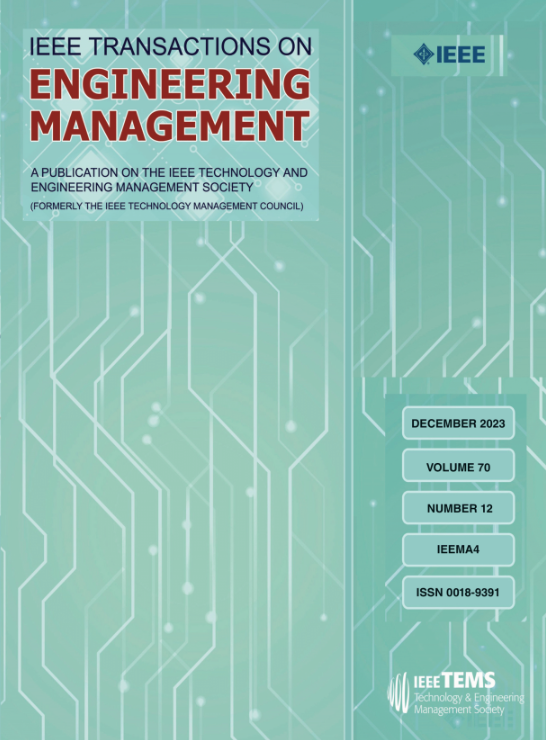Semantic Analysis for Assessing the Standard-Essentiality of Patents—A Proof of Concept
IF 5.2
3区 管理学
Q1 BUSINESS
引用次数: 0
Abstract
Interoperability between technical devices is crucial for manufacturers as well as consumers and is largely facilitated by the development and adoption of technical standards. These standards, which are prominently utilized in information and communication technology, are developed by standard setting organizations such as the European Telecommunications Standards Institute. Companies involved in this process can influence the standards to secure competitive advantages, often by declaring their patents as standard-essential. However, the lack of a rigorous evaluation of these declarations can lead to issues such as overdeclaration or underdeclaration of standard-essential patents (SEPs). Determining the SEP status is complex, involves technical and sometimes economic considerations, and is typically a time-consuming manual process. Recent research has explored semantic and machine learning methods for automating SEP assessment, although these methods primarily provide probabilistic outcomes. Therefore, we provide a proof of concept, which aims to improve existing semantic analysis approaches by addressing the distinct linguistic and structural features of technical standards and patents. The results indicate which type of pre-processing and which text fragment from a selected technical standard and US-patents yields in the highest semantic similarity. This has methodological implications for researchers, as its sheds light on the assessment of standard-essentiality. Furthermore, managerial implications arise for companies, policy makers and patent examiners, who can use our approach for the assessment of SEPs and as yet undeclared patents.评估专利标准必要性的语义分析——概念证明
技术设备之间的互操作性对制造商和消费者都至关重要,技术标准的制定和采用在很大程度上促进了互操作性。这些标准主要用于信息和通信技术,由欧洲电信标准协会等标准制定组织制定。参与这一过程的公司可以影响标准,以确保竞争优势,通常是通过宣布他们的专利是标准必需的。然而,缺乏对这些声明的严格评估可能导致诸如标准必要专利(sep)的过度申报或不足申报等问题。确定SEP状态是复杂的,涉及技术和有时经济方面的考虑,并且通常是一个耗时的手动过程。最近的研究已经探索了语义和机器学习方法来自动化SEP评估,尽管这些方法主要提供概率结果。因此,我们提供了一个概念验证,旨在通过解决技术标准和专利的不同语言和结构特征来改进现有的语义分析方法。结果表明,从选定的技术标准和美国专利中,哪种类型的预处理和哪个文本片段产生最高的语义相似性。这对研究人员有方法论意义,因为它阐明了对标准必要性的评估。此外,对于公司、政策制定者和专利审查员来说,管理方面的影响也会出现,他们可以使用我们的方法来评估sep和尚未申报的专利。
本文章由计算机程序翻译,如有差异,请以英文原文为准。
求助全文
约1分钟内获得全文
求助全文
来源期刊

IEEE Transactions on Engineering Management
管理科学-工程:工业
CiteScore
10.30
自引率
19.00%
发文量
604
审稿时长
5.3 months
期刊介绍:
Management of technical functions such as research, development, and engineering in industry, government, university, and other settings. Emphasis is on studies carried on within an organization to help in decision making or policy formation for RD&E.
 求助内容:
求助内容: 应助结果提醒方式:
应助结果提醒方式:


